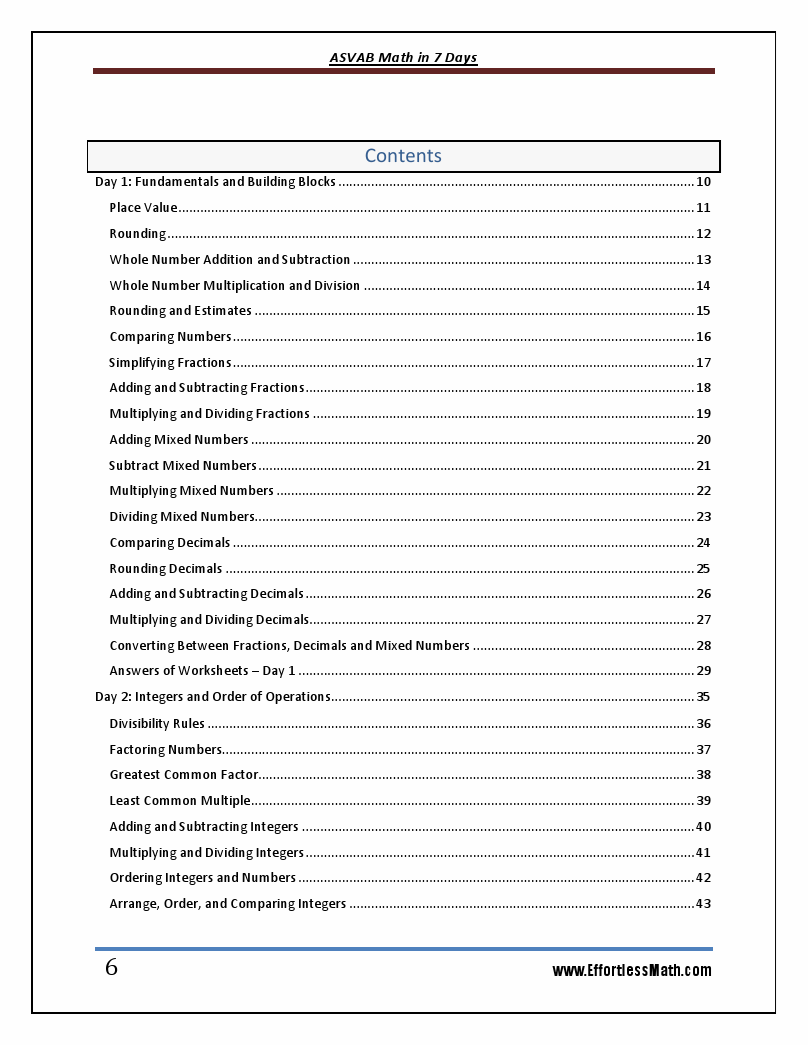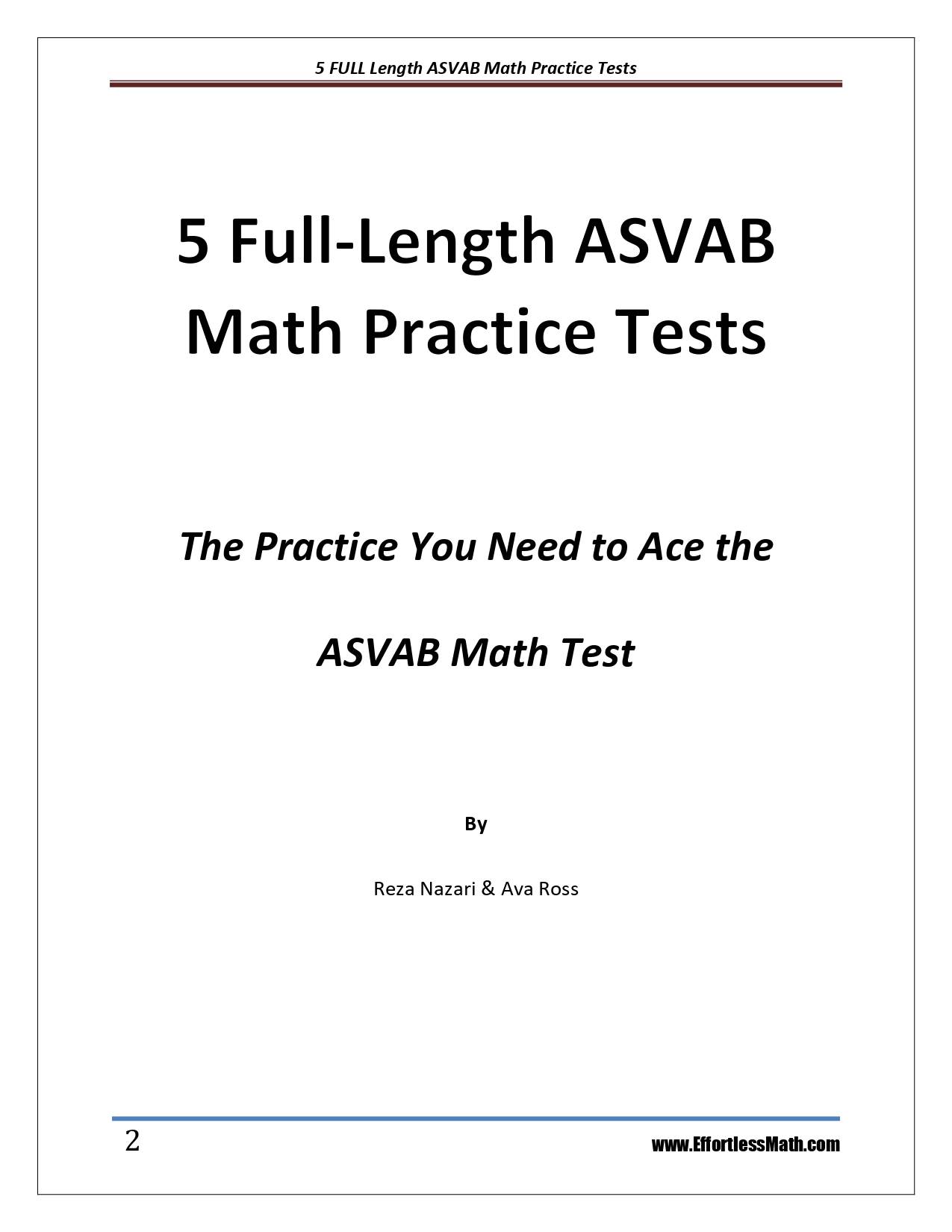
Finally, divide the sum by the numerator. To convert to a fraction, multiply the whole number by the denominator in the fraction. Mixed numbers: A mixed number combines a whole number with a fraction. Here it is read "five divided by eight," which works out to 0.625. For example:įive (5) is the numerator eight (8) is the denominator. The number on top is called the numerator the number on the bottom is called the denominator. However, (2!)/(3!) is.įractions are one number divided by another. For example, (2/3)! is not a valid mathematical operation. There is no such thing as (-5)!, for example. Negative numbers are not used in factorials.0! = 1 - 0! (zero factorial) does not equal zero.But there is no such thing as negative time! So eliminate -4, and your answer is +4.Ī factorial is represented with an exclamation point - "!" It means multiply all integers from one to that number. For example, if you were told that the height of an object goes as:Īnd given a height of 16, asked to find the time, you would get answers of time = +4 or -4. The answer turns out to be +4 or -4! Remember that even though you may find multiple answers a problem often will make sense only with one answer. This is a bit strange: How do you multiply something by itself only half a time? In the example above, we are looking for the square root, or the number that when squared would make 16. To calculate, you just multiply the base by itself exponent times. (3)^4 says "three raised to the fourth power" or "three to the fourth." The lower number is called the "base," and the power to raise it to is called the "exponent." Here, 3 is the base, and 4 is the exponent. Calculated as pi x (radius)^2.Įxponents represent the number of times to multiply something by. Calculated as 2 x pi x radius.Īrea: The two-dimensional area enclosed by a circle. The distance straight from one point on the perimeter, passing through the center, meeting the perimeter on the other side.Ĭircumference: The perimeter of a circle. Radius: The distance from the center of a circle to any point on its perimeter.ĭiameter: Twice the radius. Addition and subtraction take lowest priority.Raising a number to a power or taking the root of a number comes first.You must follow the parentheses outward do operations in the innermost parentheses first. Perform all operations in parentheses first.

There are some priority rules for operations in algebra: You must seek an answer for y, depending on changes in x. Often, equations are expressed using y and x. In reality, most algebraic expressions have at least two variables. You still can use 4P as the equation for the total, which now would be 4 x ($100 each) = $400. It is also more flexible: say you decide to buy tires that cost $100 each instead. This would be easier to write down, for one thing. But you also could represent the price as 4P, where "P" represents the price of a single tire.

Items are in alphabetical order.Īlgebra is math that represents numbers with symbols, enabling equations to be solved more easily.įor example, if you want to buy four new tires for your car, with each one costing $75, you could calculate the price by simple addition: $75 + $75 + $75 + $75 = $300.

Here is a list of mathematics topics and terms you are likely to encounter on the ASVAB. In order to be fully prepared, however, you must practice, practice, practice.

Here, we will present you with most of the mathematics topics that will be addressed on the test. In the arithmetic reasoning section, you are presented with word problems, so you will need to pay more attention to identify the question being asked.Įspecially with math problems, practice makes perfect. In the mathematical knowledge section, problems are more or less laid out for you: The question is clear. Put the question into a mathematical equation.What are the most important steps in solving a math problem?


 0 kommentar(er)
0 kommentar(er)
